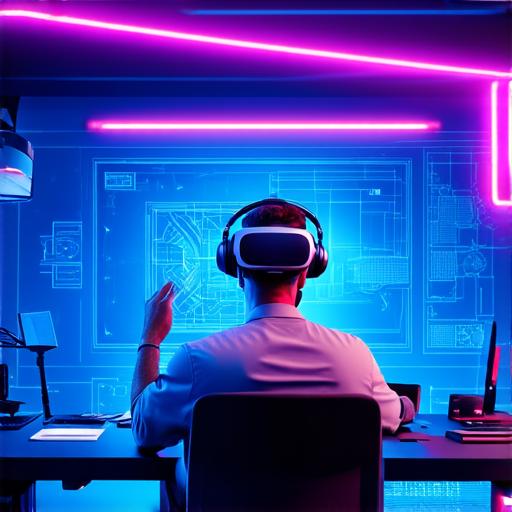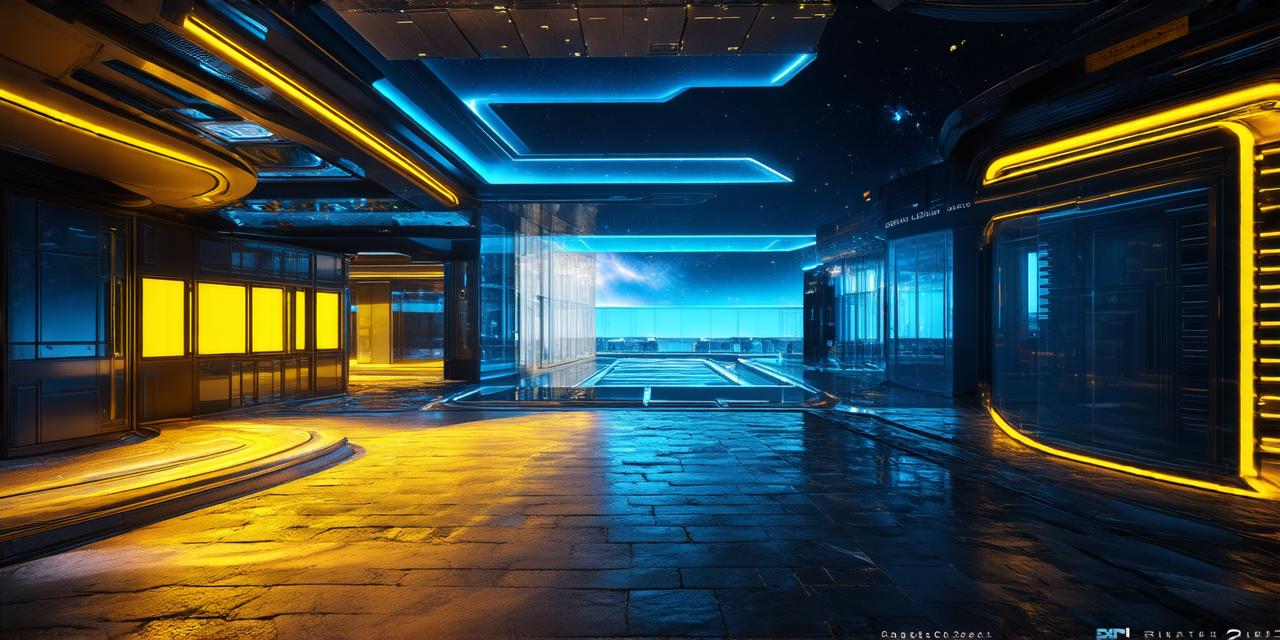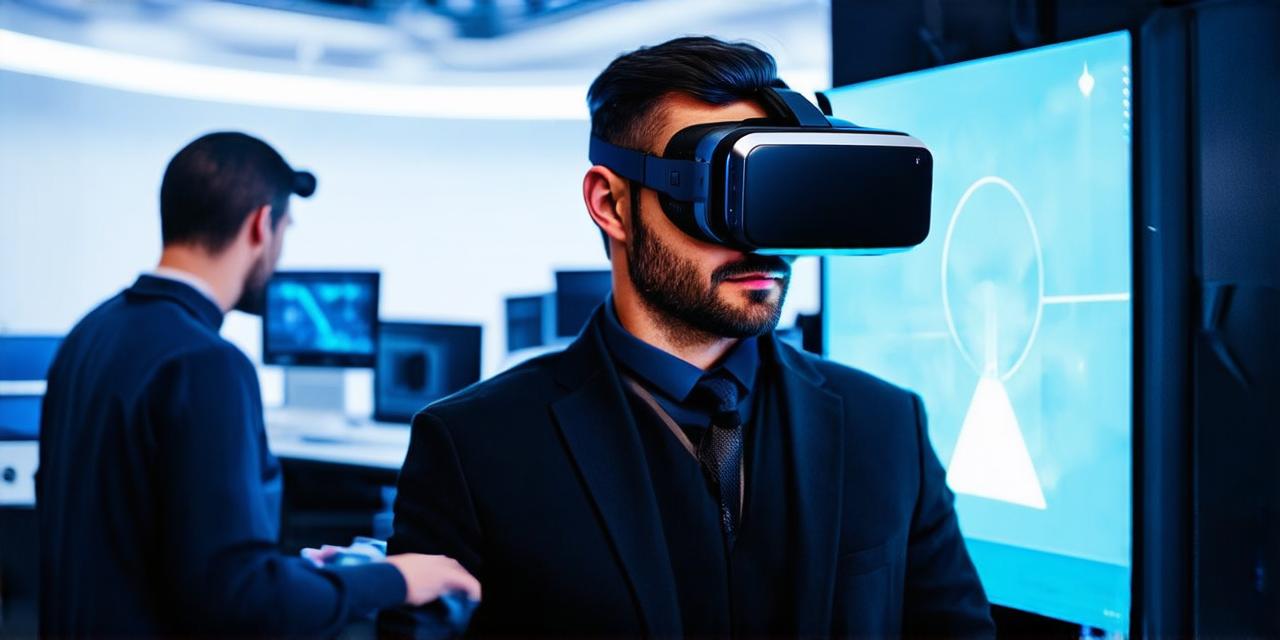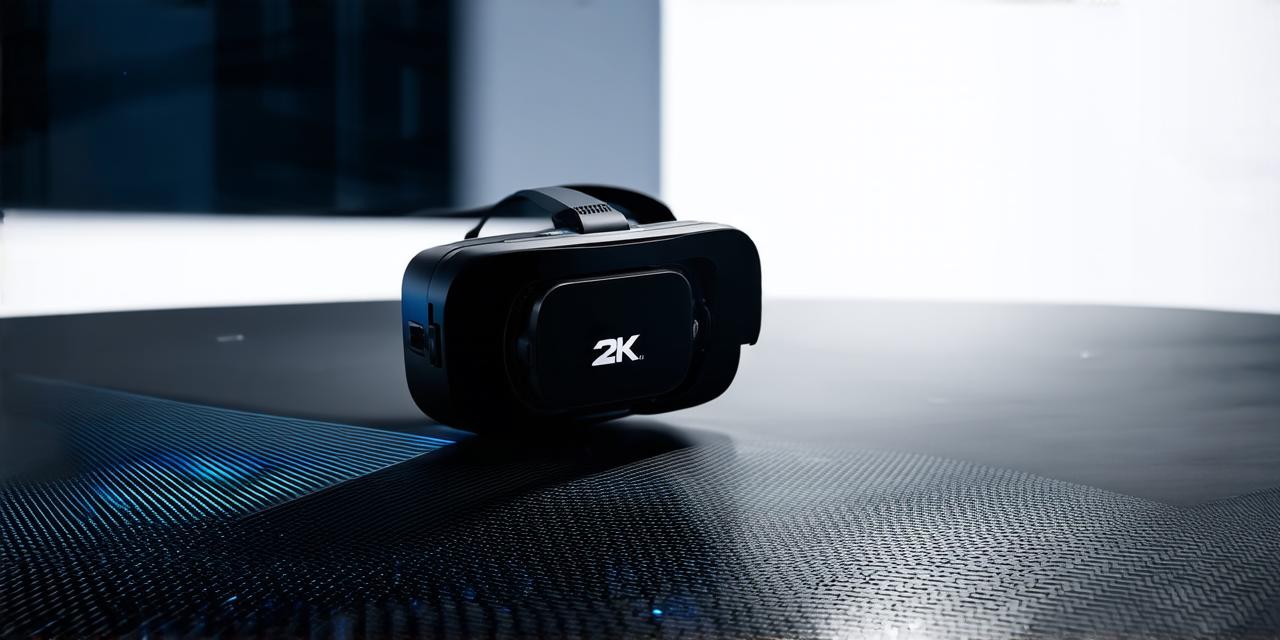Virtual Reality in Architecture: A Brief Overview
Virtual reality technology allows architects to create immersive, 3D simulations of their designs, allowing clients and stakeholders to experience and interact with the building before it’s even built. This has revolutionized the way that architecture is practiced, making it easier for architects to communicate their ideas and make changes in real-time based on feedback.
One of the most common ways that VR is being used in architecture is through walkthroughs and visualizations. These allow clients to explore a building’s design and layout in 3D, giving them a sense of how it will look and function in real life. This can help reduce the number of changes and revisions needed during the construction process, saving time and money for all parties involved.
Virtual Reality also allows architects to create more realistic and detailed simulations of their designs. With VR, architects can add textures, materials, lighting, and other elements to their designs, giving clients a more accurate representation of what the finished building will look like. This can help reduce miscommunication and ensure that everyone involved in the project is on the same page.
Benefits and Limitations of Virtual Reality in Architecture
Virtual reality technology has several benefits when it comes to architecture, including:
- Improved communication: VR allows architects to communicate their designs more effectively and clearly, reducing misunderstandings and miscommunications.
- Faster design process: By allowing clients to interact with the design in real-time, VR can help speed up the design process, saving time and money for all parties involved.
- Increased accuracy: VR allows architects to create more realistic simulations of their designs, ensuring that everyone involved in the project has a clear understanding of what the finished building will look like.
- Enhanced client experience: Clients can explore and interact with the design in 3D, giving them a sense of how it will function in real life and helping them make more informed decisions.

However, there are also some limitations to using VR technology in architecture. These include:
- Cost: VR technology can be expensive to purchase and maintain, especially for smaller firms or individuals.
- Technical difficulties: There may be issues with the technology itself, such as glitches or bugs, which can disrupt the design process.
- Lack of expertise: Not all architects are familiar with VR technology, which can make it difficult to effectively incorporate into their designs.
- Limited interactivity: While VR allows clients to explore a building’s design in 3D, there may be limitations on how interactive they can be, such as not being able to change certain elements of the design.
Future of Virtual Reality in Architecture
Despite these limitations, virtual reality technology is likely to continue playing an increasingly important role in the field of architecture in the years to come. As the technology continues to evolve and become more accessible, architects will be able to create even more realistic and immersive simulations of their designs, improving communication and collaboration between all parties involved.
In conclusion, virtual reality technology is transforming the way that architecture is practiced, allowing architects to communicate their ideas more effectively, speed up the design process, and create more accurate simulations of their designs.



